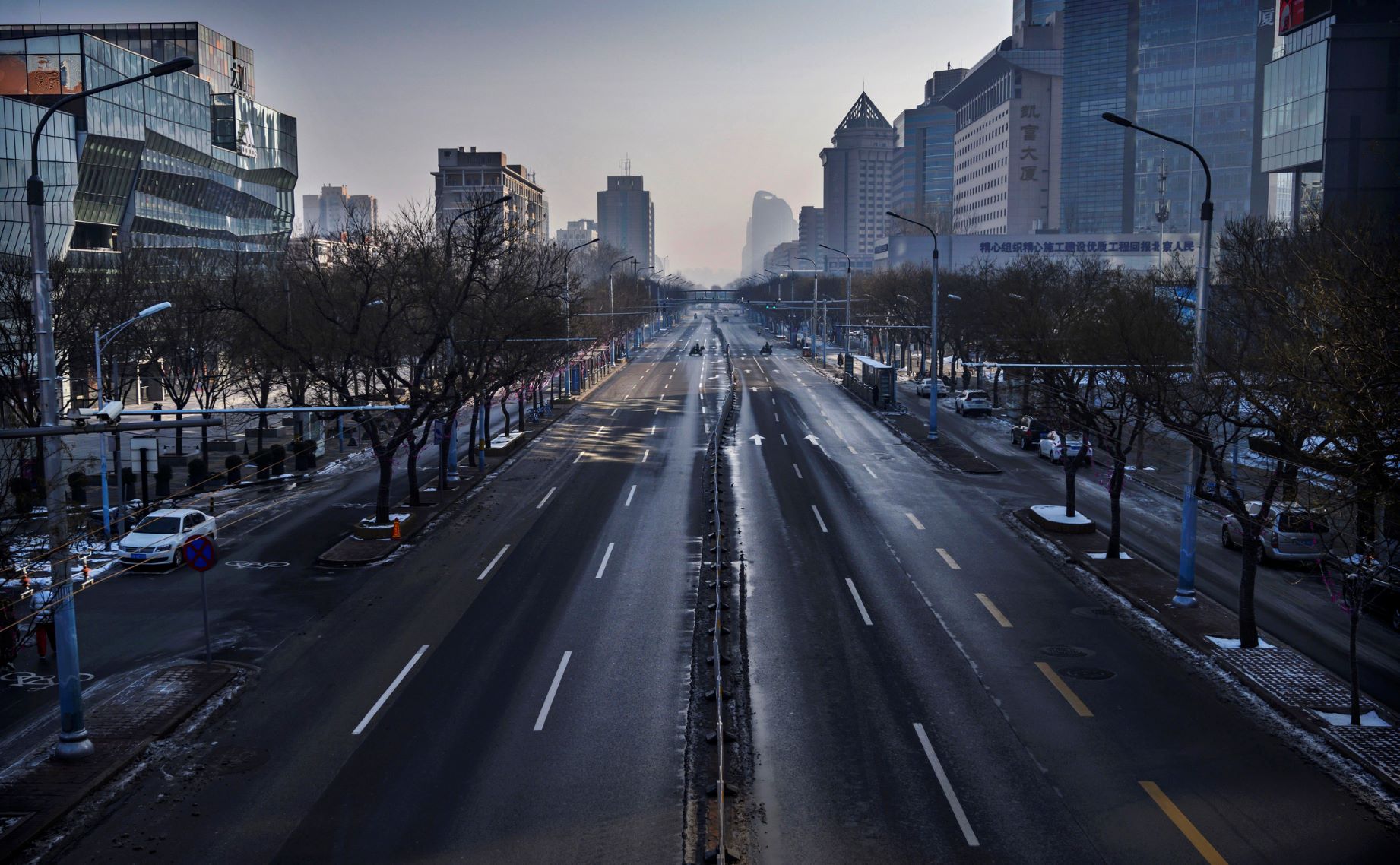Current strict lockdowns in many major cities in China – as the country tries to eradicate the spread of COVID – are not only affecting its local citizens, but also having flow-on impacts on trading partners, including New Zealand, according to agribusiness banking specialist Rabobank.
Speaking in a recently-recorded podcast, What’s the impact of China’s Lockdown Wave?, RaboResearch general manager for Australia and New Zealand Stefan Vogel said, in particular, there are four specific impacts of the lockdowns that are set to have increasing ramifications for New Zealand agribusiness – disruptions to freight logistics, Chinese corn plantings, dairy demand and hog pricing.
Freight logistics
“The already-stressed global container logistics situation is becoming more complicated due to massive delays around the Shanghai port,” Vogel said. “The dry container index, which tracks average prices paid for the transport of dry bulk materials across more than 20 international routes, increased five-fold through 2021 as a result of COVID lockdowns in different parts of the world. While the index has since declined and is down 16 per cent since early March and 25 per cent down from the September 2021 highs, it looks likely that the massive ongoing COVID lockdowns in China will add to continued container logistics issues and keep container freight prices well above historic levels for 2022 and also likely to remain elevated well into 2023.”
Corn plantings
Vogel said disruptions to corn plantings in China – the world’s second-largest corn producer and also the world’s primary corn importer – were also raising more concerns in an already extremely-tight global grains markets. “Chinese corn planting faces delays in two key provinces as some farmers are trapped in major cities and are unable to access their fields due to the COVID lockdowns,” he said. “We understand the lockdowns have created delays in planting this important feed crop in some parts of Jilin and Liaoning provinces, and these two provinces account combined for 20 per cent of China’s corn acreage. “The delay in planting increases the risk of frost damage later in the season, but at this point it is too early to say what the impact will be on yields. It will depend on the weather through the season.”
Vogel acknowledged though that the delays in planting Chinese corn –and China’s feed grain import needs more generally – were not the biggest driver of current global grain prices. Rather, world Chicago Board of Trade (CBOT) corn prices had hit a 10-year high in April this year and remain above USD 8/bu, driven primarily by concerns about the early arrival of the dry season in Brazil and below-normal rainfall forecast for the next three months which could reduce Brazilian corn yields. In addition, cool and wet conditions for corn planting in the US and an expected reduction of about 50 per cent in Ukrainian corn production (as well as export uncertainty from Ukraine) in 2022 were also putting upward pressure on global grain prices, he said. “Global feed grain prices are expected to remain very high over the course of 2022 and result in higher production costs for livestock farmers the world over – particularly those in the Northern Hemisphere.”
Dairy demand
The spread of the Omicron variant and China’s “dynamic zero-Covid” policy were also bringing strong headwinds to consumption in the country’s food service sector, Vogel said. And this was playing out in reduced dairy demand. “Dairy demand in food service is slowing in China while, according to our calculations, dairy products in China produced from imported Oceania whole milk powder (WMP) are now more expensive than those from locally-produced dairy for the first time in eight years,” he said. “After a record-breaking 2021 in milk powder imports by China, the demand uncertainty from COVID restrictions is likely to dampen the ‘dragon’s’ import appetite slightly in 2022.”
Hog pricing collapse
In addition, China’s COVID restrictions had resulted in a big drop in food service sales of meat products, as well as supply chain disruptions, which had impacted hog production and prices, Vogel said. “Chinese hog producers have liquidated herds to avoid further losses, imposing further downward pressure on Chinese pork prices which can also impact China’s feed grain import needs,” he said.




